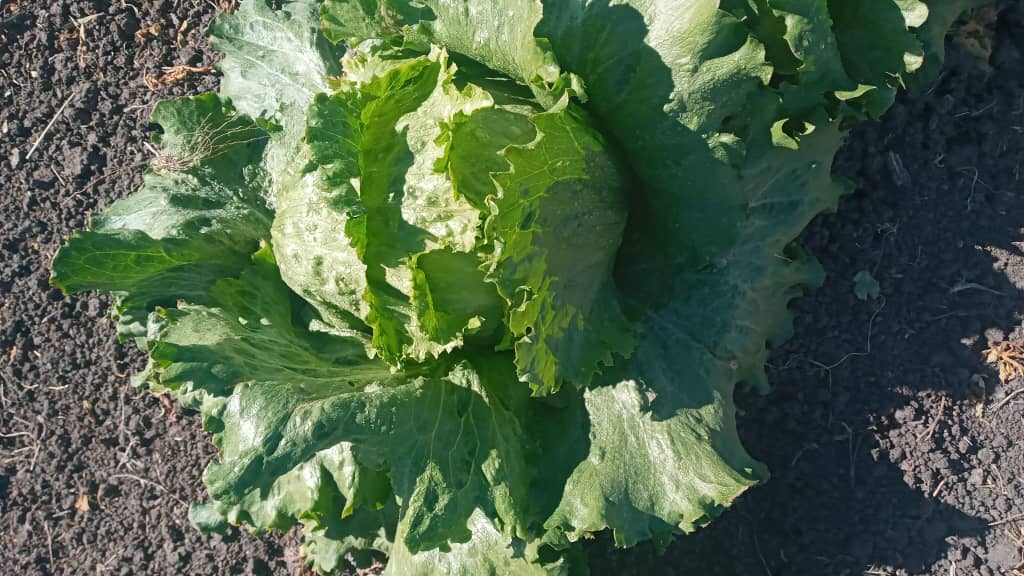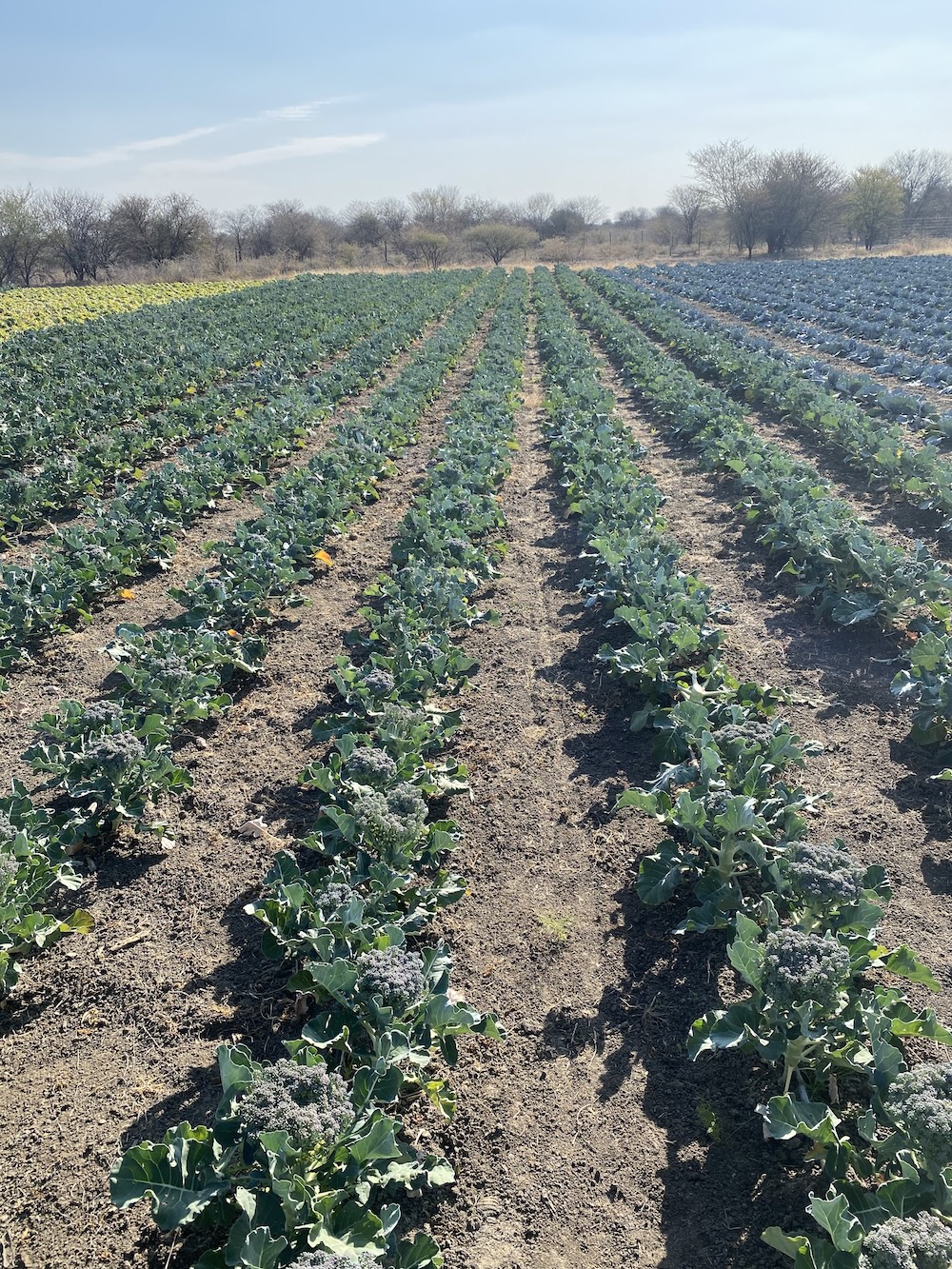Sigmar Farms - Revolutionising Sustainable Agriculture in Botswana with Cover Cropping and Free-Range Chicken Foraging

Sustainable Agriculture in Botswana with Innovative Cover Cropping and Free-Range Chicken Systems
Sigmar Farms is at the forefront of sustainable agriculture in Botswana, setting a new standard by integrating cover cropping, rotational cropping, and free-range chicken foraging into a highly efficient, ecologically sound farming model. Situated in Botswana’s semi-arid region, Sigmar Farms is not only addressing local agricultural challenges like soil erosion, lime deficiency, and water scarcity, but also demonstrating a scalable model that appeals to investors, researchers, and other farmers. By combining cutting-edge techniques with environmental stewardship, Sigmar Farms offers an innovative approach to both profitability and sustainability.
The Sigmar Farms Model: A Holistic Approach to Agriculture
The farm’s success is built on the synergy between soil health management and animal integration. The strategic use of cover crops, rotational grazing, and free-range foraging creates a closed-loop system that maximizes resource efficiency while regenerating the land.
- Cover Cropping for Soil Health and Fertility Cover cropping is the cornerstone of Sigmar Farms' regenerative system. Recognising that Botswana's soils often lack lime and are prone to erosion, the farm utilises a diverse mix of cover crops, including:
- Lucerne (Alfalfa) and Clover: These nitrogen-fixing legumes not only enrich the soil with organic matter but also improve calcium availability, which is critical for soils lacking lime. Lucerne's deep roots tap into nutrients deep below the surface, bringing them to the topsoil.
- Sorghum-Sudan Grass and Sunflower: These crops improve soil structure, suppress weeds, and add biomass, ensuring that soils are fertile and healthy. Sorghum is especially effective in areas with minimal rainfall, contributing to both water retention and erosion control.
- Radish and Mustard: Their deep taproots help break up compacted soil, making water and nutrients like calcium more accessible to crops. They also suppress pests, reducing the need for chemical inputs.
By planting these cover crops in rotation with cash crops, Sigmar Farms maximises soil fertility and water retention, critical factors in Botswana’s semi-arid climate. Furthermore, netting over the fields helps to regulate temperature, reduce moisture loss, and prevent wind erosion, ensuring the success of these crops year-round.
- Free-Range Chicken Foraging and Manure Management The free-range chicken foraging system at Sigmar Farms is key to enhancing the farm’s ecological and economic efficiency:
- Paddock Rotation: Chickens are rotated across paddocks, where they forage on crop residues, weeds, and insects. This not only cuts down on feed costs but also contributes to natural pest control.
- Natural Fertilisation: As the chickens forage, they leave behind manure, which is a rich source of nitrogen, phosphorus, and potassium—essential nutrients that enrich the soil and promote the growth of subsequent crops. Chicken manure is mixed into the soil through rotational cropping, ensuring the nutrients are well-distributed.
- Pest and Weed Control: By feeding on insects and weeds, the chickens naturally control these farm issues, reducing the need for chemical pesticides and herbicides, which is appealing from both an environmental and cost-saving perspective.
- Netting and Its Role in Microclimate Management The use of netting over the crops and chicken foraging areas provides added protection for both the animals and the soil:
- Microclimate Regulation: Netting shields crops and chickens from extreme temperatures and weather conditions, enhancing crop yields and animal welfare. This creates a more stable environment for both the crops and the free-range chickens, improving overall productivity.
- Erosion Control and Moisture Retention: Netting reduces wind erosion and retains moisture in the soil by reducing evaporation, which is essential for maintaining soil health in Botswana’s hot climate.
- Pest and Predator Control: The netting provides protection against birds and other pests that could harm the crops or chickens, reducing losses and ensuring higher productivity.
A Framework for Implementation
The success of Sigmar Farms is underpinned by a professional, scalable process that can be followed by other farmers, investors, and researchers who wish to replicate or invest in the model.
Step 1: Site Assessment and Planning Conduct a thorough soil analysis, particularly focusing on pH levels and calcium deficiency. Map out areas of the farm that are prone to erosion or nutrient depletion.
Create a paddock and crop rotation plan, taking into account local climatic conditions, water availability, and the farm’s layout. Install netting over paddocks and fields to protect crops, enhance soil health, and regulate the farm's microclimate.
Step 2: Crop Selection and Cover Cropping Choose legumes (e.g., lucerne, clover) for nitrogen fixation and deep-rooted crops (e.g., radish, sunflower) for improving calcium uptake and soil structure. Ensure crop varieties are suited to local climatic conditions, especially drought tolerance. Rotate cash crops with cover crops that restore the soil, reduce pest pressure, and contribute to long-term soil fertility.
Step 3: Integrating Free-Range Chickens Implement a paddock rotation system for free-range chickens. Assign each paddock a combination of crops and foraging space where chickens can graze. Monitor chicken manure distribution to ensure that it is evenly spread, maximising its fertilisation benefits.
Step 4: Water and Nutrient Management Develop a water management strategy, including rainwater harvesting and drip irrigation, which reduces water use while ensuring crops and chickens have adequate water supply.
Continuously assess soil health and nutrient levels, adjusting cover crops and chicken foraging schedules as necessary to maintain fertility.
Step 5: Sustainability Monitoring and Reporting Track soil health improvements, crop yields, and chicken productivity to showcase the effectiveness of the integrated system.
Regularly report on the farm’s environmental impact—such as reductions in chemical use, improvements in biodiversity, and soil regeneration—to investors, researchers, and other stakeholders.
A Vision for the Future
Sigmar Farms is more than just a farm; it is a model for sustainable, profitable agriculture that balances environmental stewardship with economic success. The integration of cover cropping, free-range chickens, and rotational grazing has created a regenerative farming system that restores the land while boosting productivity. With a clear process for implementation, the model is ripe for expansion and investment, offering a sustainable path forward for farmers and investors alike.
For researchers, Sigmar Farms offers a living laboratory where innovative agricultural practices can be studied and refined. For investors, the farm presents a scalable, profitable venture that taps into growing global demand for sustainable, environmentally friendly agricultural products.
By adopting this holistic, science-backed model, Sigmar Farms is leading the way toward a resilient agricultural future in Botswana and beyond.
Related Publications

October 7, 2024
How Sigmar Smart Agriculture WorksSeptember 12, 2024
How Investing In Poultry Farming Works
September 11, 2024
How Investing In Crop Farming WorksWritten by

Tirelo Oabile
CIO Sigmar
Combining my academic achievements with practical experience in researching and coding enables me to offer a well-rounded and insightful perspective on finance. I can make complex concepts accessible and understandable to a broad audience.
View tirelo's PublicationsFAQ
Questions and answers about Sigmar Investment
What is Sigmar Investment?
What is the difference between Sigmar Investment and Sigmar Farms?
How do I buy products?
Do you manage my portfolio?
How does investing on Sigmar work?
Can other farmers integrate with Sigmar Technology?
What are the risks?